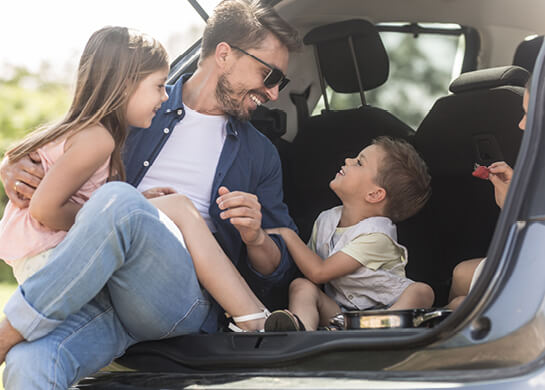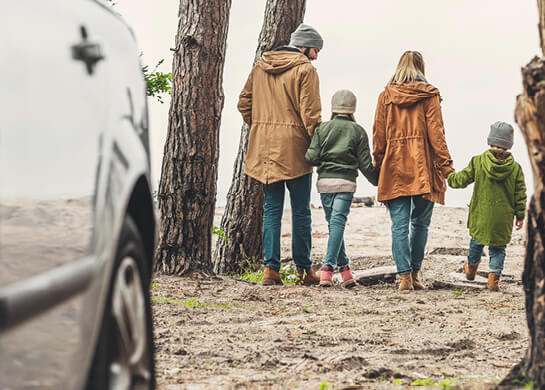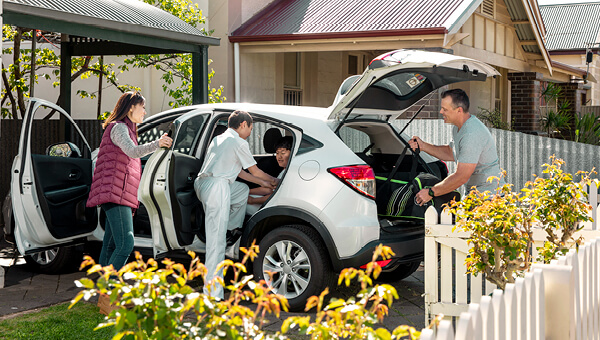On this page
Apply for a car loan
Choosing the right car
Questions to ask yourself
What will you use the car for, and how far will you regularly be travelling? How many passengers will you usually have and what else will you be transporting? Consider the size and body shape, and whether you want to buy a new or a used car. When it comes to fuel consumption - are you looking at hybrid or electric vehicles?Any extras?
Don’t forget about the extra options and accessories too, such as window tinting, a tow bar or a leather interior. Other features such as Bluetooth, reversing cameras and a built-in navigator screen are also worth considering. These can make a difference to the final cost.
Setting a budget
Consider ongoing costs
Consider any extra or ongoing costs in your budgeting process to make sure you have enough to cover related expenses. Extra costs of buying include stamp duty and registration (which varies by states), and extras or modifications – if you’re unsure, don’t be afraid to say ‘no’. Think about whether you can pay for the operating costs like car insurance, fuel and routine car maintenance, as well as your loan repayments.
Tips for buying a car
If you’re buying a used car, it’s generally your responsibility to inspect the car thoroughly. Visually inspect the car, looking out for any external damage, including on any windows or tyres. Don’t forget to check under the hood and under the car itself.
When you’re viewing a car, take it for a test drive (make sure it’s registered and has CTP insurance). This will allow you to get a feel for the car and find out what it’s like to drive. Listen out for any odd noises, check that the car drives smoothly and the brakes work properly. Remember to check all electronics, such as windows, the radio and aircon. Don’t forget to check the lights, indicators, and speedometer.
If the car passes the test drive, the next thing to check is its history. You’ll want to take a look at what previous repairs the car has had, whether it’s ever been reported stolen, and make sure there’s no outstanding finance on the car (through Personal Property Securities Registration (PPSR)).
Dealership vs private seller
Ready to buy your car?
Car insurance
Car insurance
Get a quote
Registering your new car
When registering your car for the first time, you need to check with the road transport authorities in the state you’re registering the car. These authorities are usually responsible for motor vehicle inspections and driver licencing services to ensure your car is ready to hit the road.Find the relevant authority below and learn about next steps to register your car in your state.
• ACT
• NT
• NSW
• QLD
• SA
• TAS
• VIC
• WA
Related articles

Calculate how much I can borrow for my car loan
Learn how to work out your borrowing power and estimate your car loan repayments.
Secured car loan vs unsecured car loan
We explain the differences between secured and unsecured car loans to help you work out which one is right for your needs.

